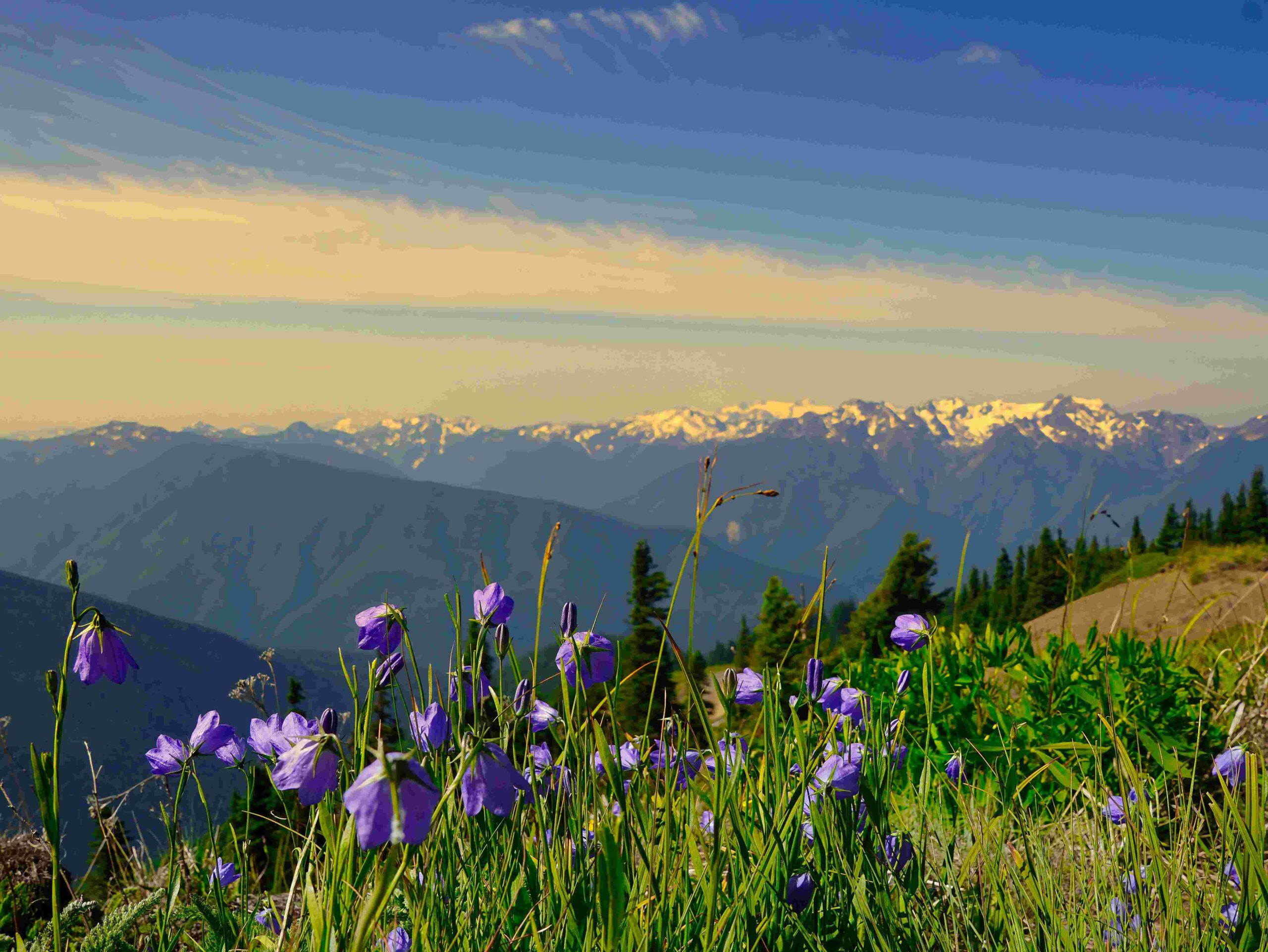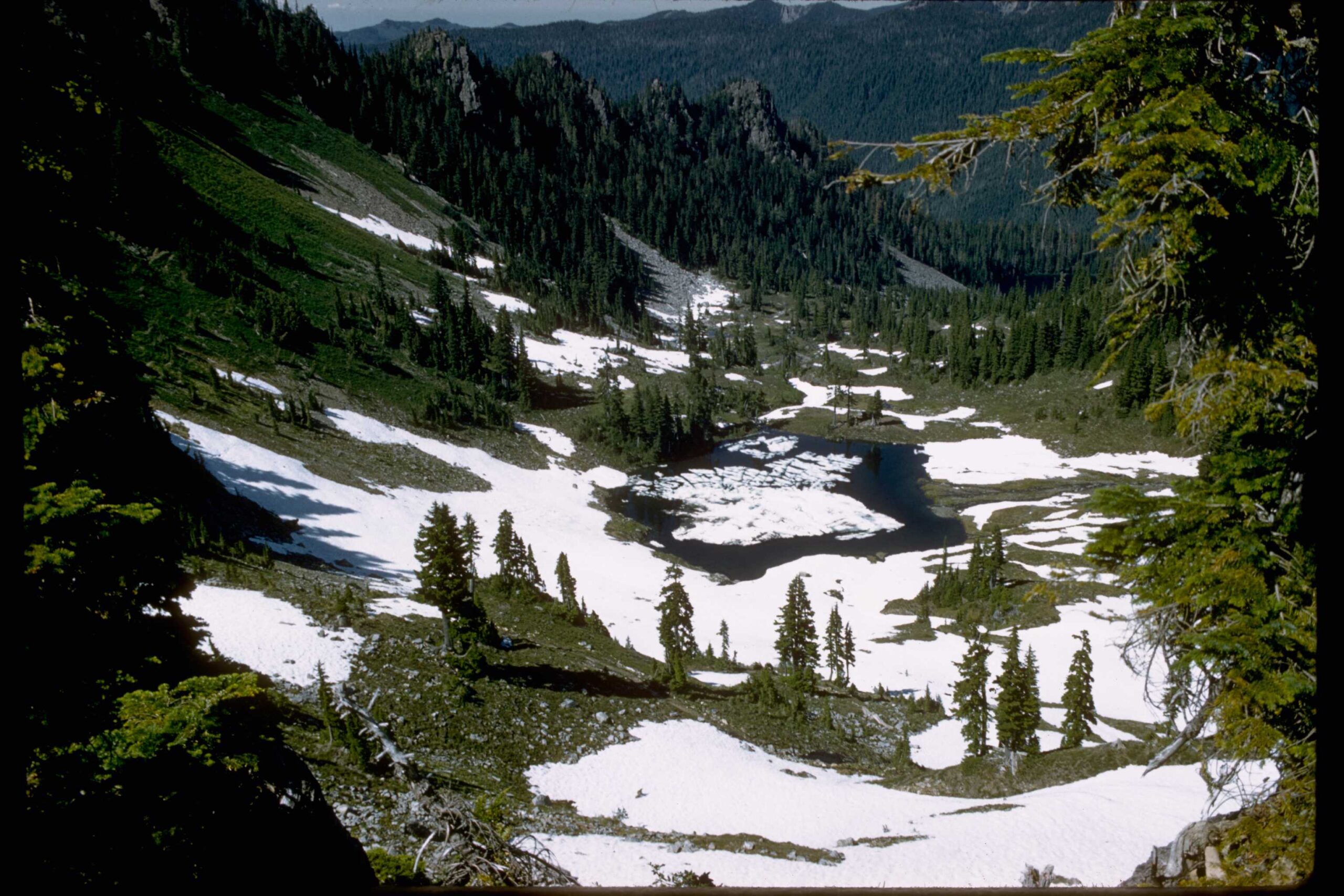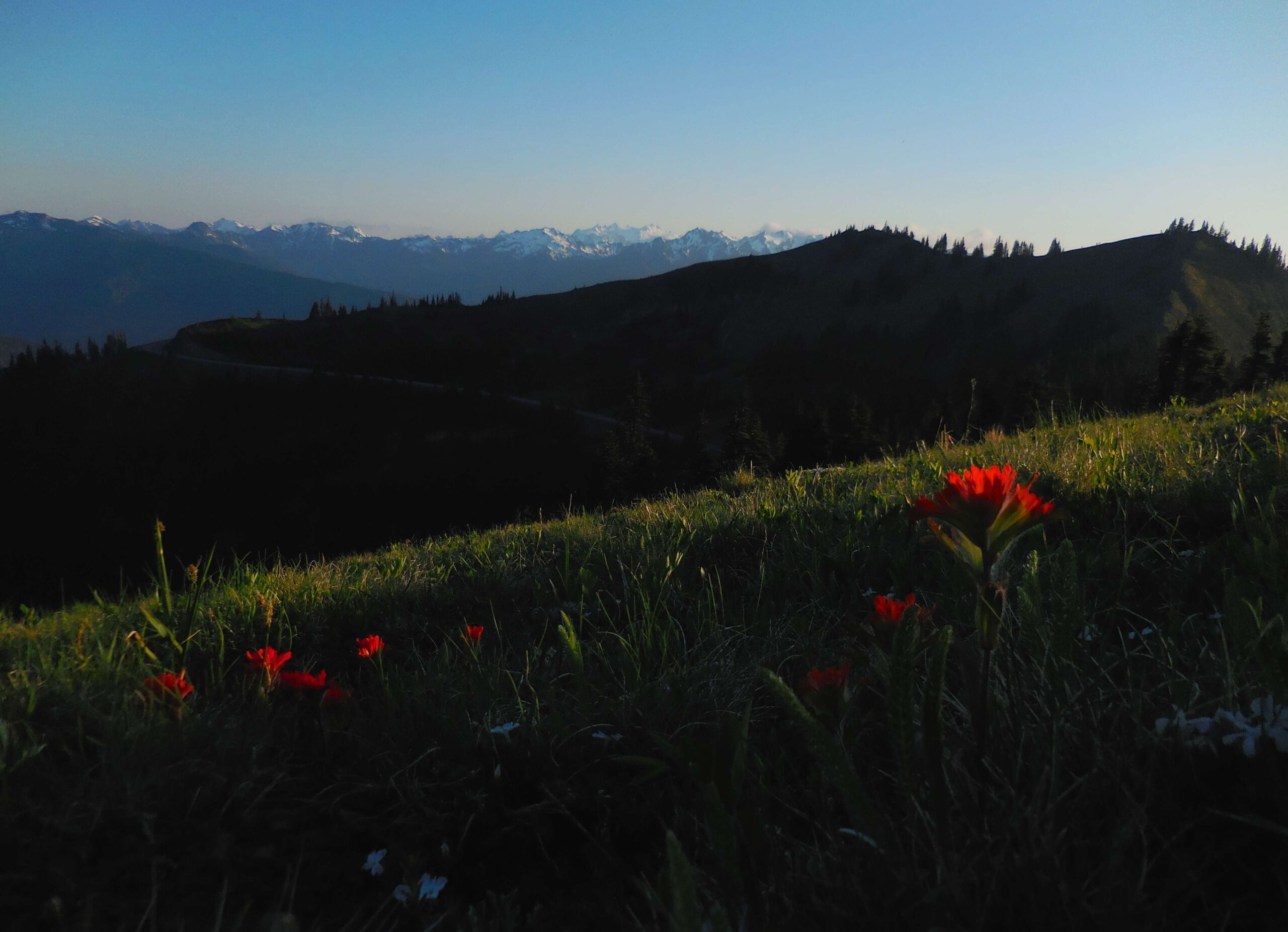The Rain Shadow Loop in Olympic National Park offers a distinctive hiking experience in a unique microclimate. This 0.5-mile trail, located at the Deer Park Campground, showcases the dramatic effects of the Olympic rain shadow. With an elevation gain of 170 feet, the loop provides panoramic views and opportunities to observe local wildlife. The trail’s accessibility varies seasonally, with the road to Deer Park closed during winter months due to snow.
What Makes the Rain Shadow Loop Special?

The Rain Shadow Loop is a testament to the diverse ecosystems within Olympic National Park. Unlike the lush, rain-soaked western slopes, this area receives significantly less precipitation, creating a stark contrast in vegetation and wildlife. Hikers can experience this unique environment while enjoying breathtaking views of the surrounding mountains and valleys.
Where is the Rain Shadow Loop Located?

The trailhead for the Rain Shadow Loop is situated at the Deer Park Campground in Olympic National Park. To reach it, visitors must navigate the challenging 18-mile Deer Park Road, which includes:
- 9 miles of paved road
- 9 miles of steep, narrow gravel road
- Not suitable for RVs or trailers
The journey to the trailhead is an adventure in itself, offering glimpses of the changing landscape as you ascend into the rain shadow region.
What Can Hikers Expect on the Trail?
The Rain Shadow Loop, despite its short length, packs a punch in terms of scenery and ecological interest. Here’s what hikers can anticipate:
- Terrain: Initially uphill, leveling out at the top of Blue Mountain
- Views: Panoramic vistas of the surrounding Olympic Mountains and Strait of Juan de Fuca
- Flora: Diverse plant life adapted to drier conditions
- Fauna: Opportunities to spot deer, wild rabbits, and various bird species
| Trail Feature | Description |
|---|---|
| Length | 0.5 miles |
| Elevation Gain | 170 feet |
| Difficulty | Easy to Moderate |
| Estimated Time | Less than 1 hour |
How Does the Rain Shadow Affect the Area?
The rain shadow effect is a fascinating meteorological phenomenon that significantly impacts the ecosystem around the Rain Shadow Loop. Here’s how it works:
- Moist air from the Pacific Ocean rises to cross the Olympic Mountains
- As it rises, the air cools and releases precipitation on the western slopes
- The air descends on the eastern side, warming and drying out
- This results in dramatically reduced rainfall in the rain shadow area
For example:
– Sequim (near Deer Park): ~16 inches of annual precipitation
– Hoh Rain Forest (western Olympics): 140+ inches of annual precipitation
This stark difference in rainfall creates a unique habitat that supports different plant and animal species compared to the wetter regions of the park.
When is the Best Time to Hike the Rain Shadow Loop?
The optimal time to hike the Rain Shadow Loop depends on several factors:
- Accessibility: The road to Deer Park is typically open from late spring to late fall
- Weather: Summer and early fall offer the driest and most pleasant conditions
- Wildlife Viewing: Early morning and late afternoon are best for animal sightings
- Wildflowers: Late spring to early summer for peak blooming
It’s important to note that winter conditions can make the trail inaccessible due to road closures and snow cover.
What Wildlife Might Visitors Encounter?
The Rain Shadow Loop offers unique wildlife viewing opportunities due to its distinct ecosystem. Visitors might spot:
- Deer
- Wild rabbits
- Various bird species
- Small mammals adapted to drier conditions
For the best chance of wildlife encounters:
1. Hike during early morning or late afternoon
2. Move quietly and be observant
3. Bring binoculars for distant viewing
4. Respect wildlife by maintaining a safe distance
How Accessible is the Rain Shadow Loop?
While the Rain Shadow Loop itself is relatively short and manageable for many hikers, getting to the trailhead presents some challenges:
- Road Conditions: The last 9 miles of Deer Park Road are steep, narrow, and unpaved
- Parking: Limited spaces available at Deer Park Campground
- Public Transportation: Not available; private vehicle or arranged transportation required
- Seasonal Access: Road closed in winter due to snow
Hikers should be prepared for:
– Potential encounters with wildlife on the road
– Falling branches from trees affected by a 1988 fire
– Limited cell phone reception in the area
What Should Hikers Bring for the Rain Shadow Loop?
Given the unique conditions of the Rain Shadow Loop, hikers should come prepared with:
- Sturdy hiking shoes
- Sun protection (hat, sunscreen, sunglasses)
- Water and snacks
- Camera for capturing views and wildlife
- Binoculars for distant wildlife viewing
- Layered clothing for changing temperatures
- First aid kit
- Map of the area
Remember, despite the short length of the trail, it’s always best to be prepared for changing conditions in a mountain environment.
How Does the Rain Shadow Loop Compare to Other Olympic National Park Trails?
The Rain Shadow Loop offers a distinct experience compared to other trails in Olympic National Park:
| Feature | Rain Shadow Loop | Typical Western Olympic Trails |
|---|---|---|
| Precipitation | Low (16 inches/year) | High (140+ inches/year) |
| Vegetation | Drier, more open | Lush, dense forests |
| Wildlife | Adapted to drier conditions | Rainforest species |
| Views | Panoramic mountain vistas | Forest canopy, occasional clearings |
| Trail Conditions | Generally dry | Often wet or muddy |
This contrast makes the Rain Shadow Loop a valuable addition to any Olympic National Park itinerary, offering a completely different perspective on the park’s diverse ecosystems.
The Rain Shadow Loop in Olympic National Park provides a unique opportunity to experience the dramatic effects of mountain weather patterns on local ecosystems. From its panoramic views to its distinctive flora and fauna, this short trail packs a wealth of natural wonders into a compact hiking experience. Whether you’re a seasoned hiker or a casual nature enthusiast, the Rain Shadow Loop offers an unforgettable journey through one of Olympic National Park’s most intriguing microclimates.
References:
1. Rain Shadow Loop – Washington Trails Association
2. Deer Park Area Brochure – Olympic National Park
3. In the Olympic Rain Shadow – FoxRVTravel

